The Toronto Film Festival starts in a few weeks and like every year, the Festival is loaded with plenty of world premieres. While I had planned on attending this year's Festival as a member of the working press, due to my deciding to attend too late, I missed the cut for getting a press badge. However, I'm still going, and hope to be able to report on the films and interview a lot of the people attending.
Anyway, to help excite you for what's coming, I've landed some new images from director Jaco Van Dormael's "Mr. Nobody" (starring Jared Leto, Sarah Polley, Diane Kruger and Linh-Dan Pham) and director Michael Haneke's "The White Ribbon". Take a look after the jump:
Since I haven't seen either film, I'm going to let the TIFF website do the talking. Both films sound great.
MR. NOBODY
Country: France/Germany/Canada/Belgium
Year: 2009
Language: English
Runtime: 138 minutes
Format: Colour/D-Cinema
Rating: 14A
Jared Leto, Sarah Polley, Diane Kruger and Linh-Dan Pham - one man recalls three love stories and inhabits three possible worlds in this spectacular fantasy from the fertile mind of Jaco Van Dormael.
It has been thirteen years since Van Dormael, one of the bright talents of cinema, has made a film. He burst onto the scene in the early nineties, and after two spectacular successes withdrew from filmmaking. Mr. Nobody is a welcome return. The sabbatical appears to have liberated Van Dormael's imagination, for this work is a daring and ambitious creation, full of risks and afraid of nothing. Mr. Nobody takes a dazzling leap into the mind of its central character, jumbling together science-fiction, flashbacks and naturalist filmmaking in an amazing kaleidoscopic portrait of the life of its protagonist, a man named Nemo.
Nemo (Leto) is the oldest living mortal in a late twenty-first-century setting where death has been conquered thanks to advances in stem-cell technology. On his deathbed, this last remnant of a world soon to disappear, the world of mortality, looks back on his life - or rather, the three lives he might have led with three different women, on perhaps more than one planet. Nemo's reveries and trips down memory lane are full of small delights and joys, as well as a bemusing bewilderment as to what all of it has meant. He remembers a normal life as a husband and father, and summons up sundry incidents from his childhood and youth, assembling these fragments into a huge visual collage of reminiscences. In various scenarios, he is settled into a comfortable but cold marriage, desperately lovelorn or pitched partway in between. In each case, his actions are governed by an existential mantra: "As long as you don't choose, everything becomes possible."
Van Dormael shuffles these alternate realities with remarkable dexterity, bringing each one into focus as a genuine possibility for his tortured hero as Nemo plunges back into the past from a brightly lit but disturbing future. Ambitious, technically stunning and completely original, Mr. Nobody is a marvel.
Written by Piers Handling
-
THE WHITE RIBBON
Country: Germany/Austria/France/Italy
Year: 2009
Language: German
Runtime: 145 minutes
Format: Black and White/35mm
"I was interested in presenting a group of children who are taught absolutist values, and the way they internalize this absolutism. My point was to show the consequences - that is, all sorts of terrorism."
- Michael Haneke
The White Ribbon marks the high point of a journey that Haneke began over twenty years ago with his remarkable first feature film, The Seventh Continent. This latest work, set in a small farming village in northern Germany on the eve of the First World War, is shot in sparkling, iridescent black and white, a film of shimmering surfaces that conceal a much darker reality. True to his style, this reality is hinted at but rarely shown, and it gradually informs every moment of our watching.
Haneke has always had an eerie ability to unsettle, and this quality is in full force during the opening scenes of The White Ribbon. Beneath the sun-dappled fields lurks a series of disturbing events recounted by the local schoolteacher: a horseman has a strange accident, a worker is killed in the nearby sawmill, a young boy is kidnapped and beaten, a man savagely takes his scythe to a crop in a field, a barn is torched. This provides the backdrop to Haneke's brilliant and ruthless examination of a society that admits to nothing and hides everything.
As the young schoolteacher begins to court a shy governess, the brutalizing reality of village life is slowly laid bare. The local children play a key role; as they gravitate toward every violent incident, it soon becomes apparent that they are members of a society that prizes discipline as a virtue, even if it borders on abuse. Their elders, Protestant to the core, are committed to a value system based on obedience and punishment. As the schoolteacher attempts to assert his principles, he finds that they inevitably collide with the strict, harsh rules of the village.
All this is accomplished with utmost rigour and control on the director's part. Though an analysis of the roots of Nazism can be read into the narrative, the film has a more universal reach. Haneke maintains that the work is as much an investigation of terrorism as it is of fascism. Both provocative and elegantly executed, this is essential viewing - an examination of how violence can perhaps unwittingly take root in a society that ostensibly believes in other values.
Written by Piers Handling
-



.jpg)
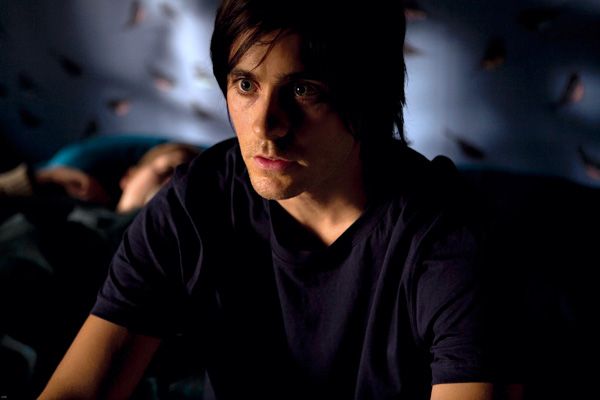
.jpg)

.jpg)
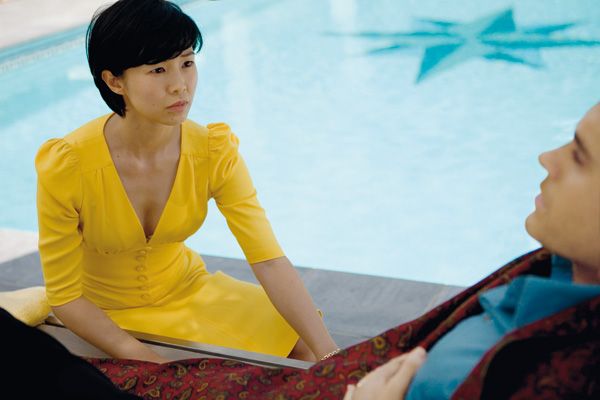
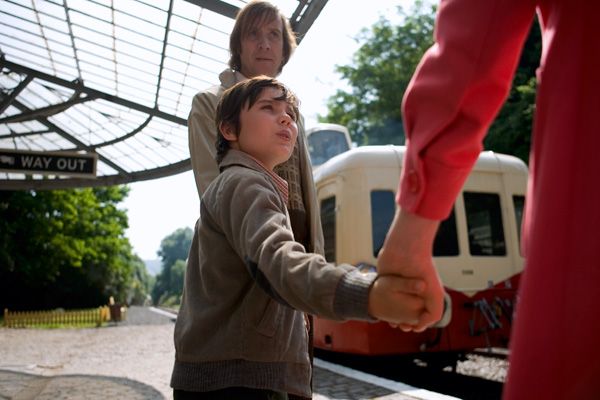
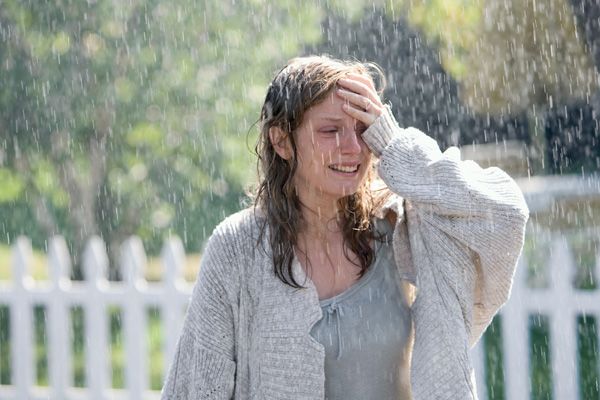
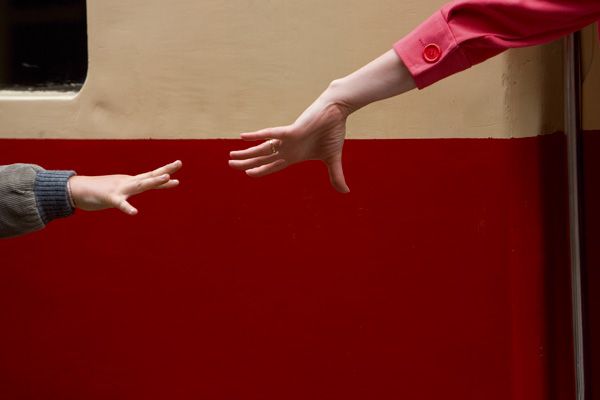
.jpg)
.jpg)
.jpg)
.jpg)
